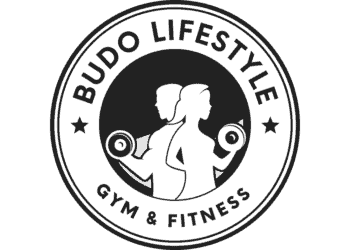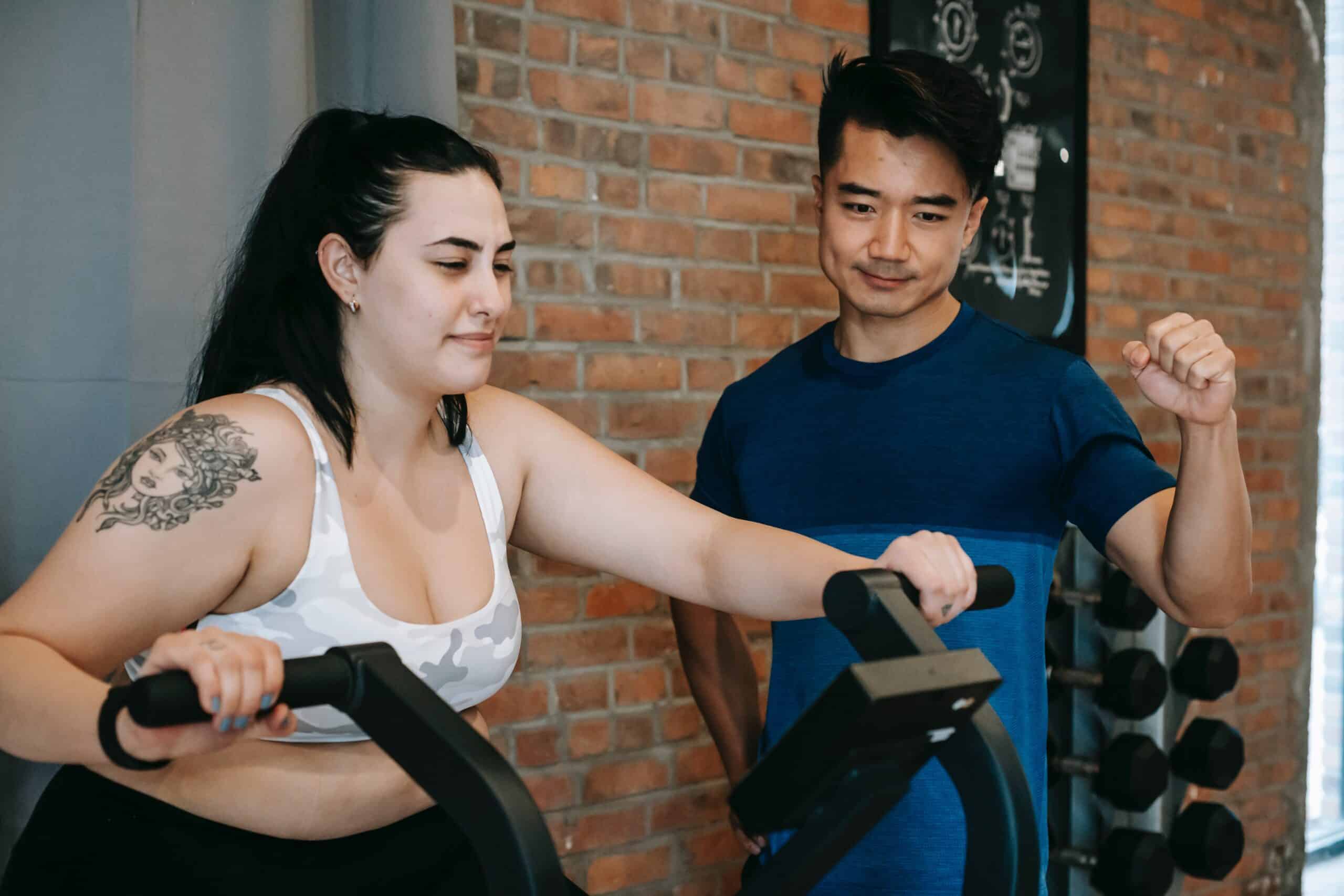Structure
The hip joint is the largest joint in the body and it is a complex structure made up of several bones, muscles, and ligaments. It is a ball and socket joint that allows the movement of the leg in multiple directions. The articulation of the femur, or thigh bone, and the acetabulum, or hip socket, of the pelvis form the hip joint. The femur head is rounded and fits into the acetabulum, which is a cup-shaped structure. Both the femur and the acetabulum are surrounded by a strong joint capsule. It is a thick membrane of connective tissue that helps to keep the joint stable and secure.
Ligaments, the strong bands of connective tissue, also help to keep the joint stable and protect it from injury. The hip joint is further stabilized by several muscles, including the gluteus maximus. That is the largest muscle in the body and helps with hip extension. Other muscles that help to stabilize the hip joint include the gluteus medius, gluteus minimus, piriformis, and tensor fasciae latae. All of these muscles work together to keep the hip joint stable and to control the range of motion in the joint.
Maintain healthy hip function
Additionally, people who maintain healthy hip function are less likely to suffer from chronic hip conditions, such as arthritis and hip bursitis. Regular stretching and strengthening exercises can help maintain healthy hip function, as can regular activities, such as walking, biking, swimming, and dancing.

Stretching and Strengthening
Stretching the hip flexors, which are muscles that connect the hip to the spine and upper leg. Can help increase hip flexibility and reduce pain and stiffness in the lower back and hips. Strengthening the hip abductors and adductors, which are muscles that stabilize the hip joint and help move the leg. Can help improve hip stability and reduce the risk of falls and fractures.
Additionally, strengthening the glutes and core muscles can help improve posture and balance, as well as reduce pain and stiffness in the hips and lower back. Lastly, regular aerobic exercise, such as walking, biking, swimming, or dancing can help improve cardiovascular health and reduce the risk of chronic hip conditions, such as arthritis and hip bursitis.
Exercise is an important factor in keeping your hips healthy and strong
Exercise is an important factor in keeping your hips healthy and strong. Regular exercise helps to keep the muscles around the hips strong and flexible. That helps to prevent injury and reduce pain. Additionally, exercise can help to improve your overall balance, coordination, and posture. So, can help to protect your hips from injury.
Exercise can also help to improve your overall health and well-being, which can help to reduce the risk of developing hip problems. Examples of exercises that are beneficial for hip health include walking, biking, swimming, strength training, and stretching.
Activities such as yoga and Pilates can help to improve flexibility and balance. So, can help to prevent hip injury. Remember that it is important to perform exercises that are appropriate for your fitness level and condition. It is also important to listen to your body and rest when needed. It is also important to speak to a healthcare professional before beginning any exercise program to ensure that it is safe and appropriate for your needs.
Hip Dysfunction
A variety of factors, including overuse, poor posture, and traumatic accidents can cause hip dysfunction and injury. Treatment for hip dysfunction and injury generally involves a combination of rest, physical therapy, medications, and sometimes surgery.
Physical therapy helps to strengthen the muscles around the hip joint. Can help improve the range of motion.
Medications such as non-steroidal anti-inflammatory drugs (NSAIDs) and corticosteroids can help reduce inflammation and pain.
Surgery may be necessary in some cases if the injury is severe or if there is a structural abnormality in the hip joint.
In addition to treatment, there are a number of preventative measures. That can be taken to reduce the risk of hip dysfunction and injury. Stretching and strengthening exercises, as well as maintaining good posture. Can help to improve the stability of the hip joint and reduce the risk of injury. Wear supportive shoes, especially when engaging in activities such as running and jumping. It can help to reduce the stress on the hip joint and prevent injuries. Avoiding activities that involve a lot of impact on the hip or leg can help to reduce the risk of injury.




